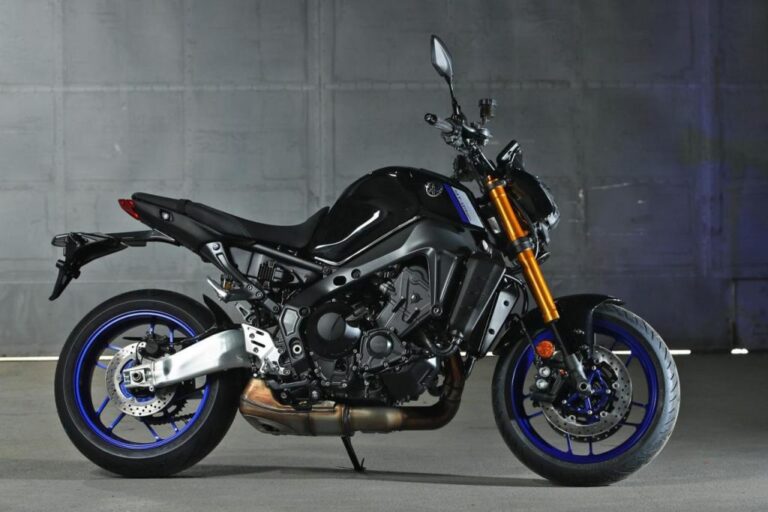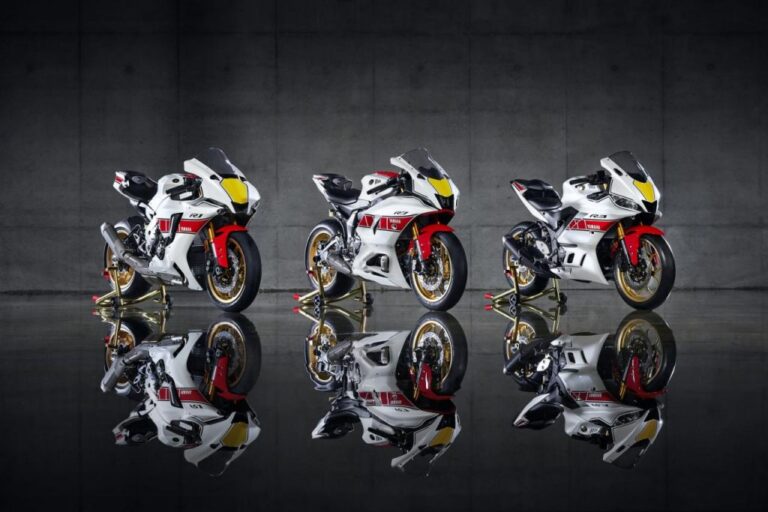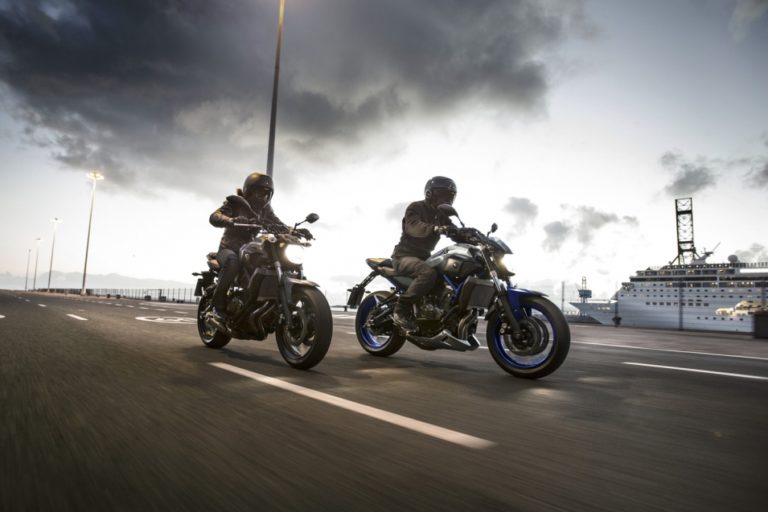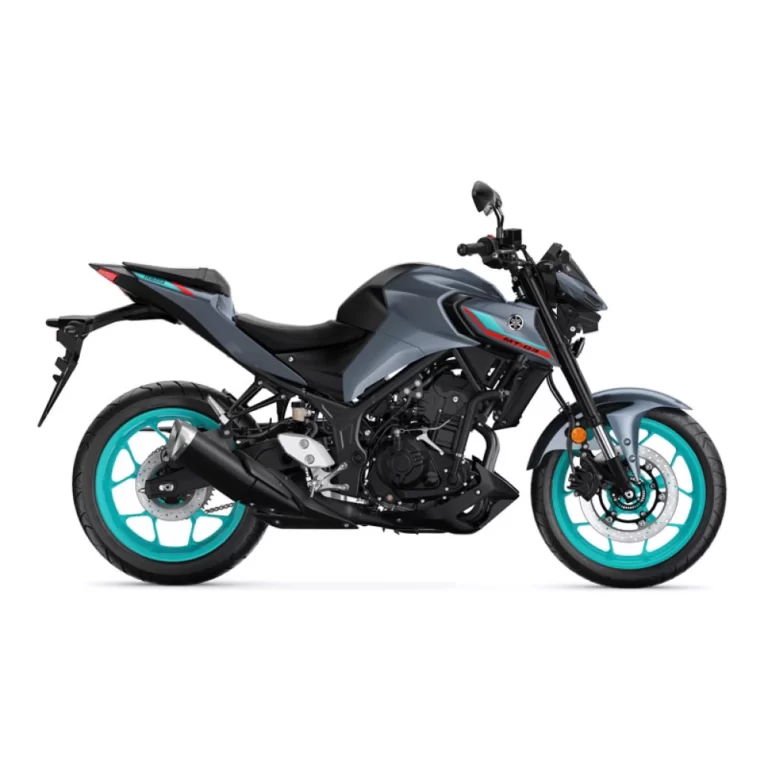Top Safety Tips for Riding in Wet Weather
Ride Smart, Stay Safe with Advice from the Team at Trooper Lu’s Garage in NSW
Rainy days are part of riding life in Australia. Whether you’re commuting through Sydney or heading out on a weekend ride, wet weather brings its own set of challenges. But with the right approach, there’s no reason to hang up the helmet when the clouds roll in.
At Trooper Lu’s Garage, we work with riders of all levels and know just how important preparation and awareness are when the roads are slippery. Here are our top tips for staying safe and confident in wet conditions.
1. Keep an Eye on Your Tyres
Your tyres are what keep you upright, and in the rain, they work even harder. In Australia, the legal minimum tread depth is 1.5 millimetres, but for wet weather we recommend replacing them well before they get close to that. Deeper tread helps channel water away from the tyre and reduces your chances of sliding.
- Have healthy tread depth
- Aren’t cracked or worn flat
- Are inflated to the correct pressure
Not sure if your tyres are in good shape? Our team can check them during your next motorcycle service and recommend replacements that suit your riding style and the roads you take.
2. Wear the Right Gear for the Weather
You’re legally required to wear a helmet that meets the Australian standard (AS/NZS 1698). But in wet weather, it’s worth going a bit further to stay dry, warm and visible.
- A waterproof jacket and pants with proper impact protection
- Gloves that keep your hands warm and grippy
- Boots that cover the ankle and offer good traction
- A clear visor or anti-fog insert
- Something high-vis or reflective to help others see you
Good gear makes a big difference when the weather turns. If you need advice on what to look for, our team is happy to help.
3. Ride Smooth and Take Your Time
Rain reduces grip and makes the road surface unpredictable. Oil, leaves and painted lines can all become dangerously slippery.
- Be gentle on the brakes and throttle
- Avoid sudden movements or sharp leaning
- Brake earlier than you normally would
Staying smooth and relaxed is one of the best things you can do. If your brakes or suspension aren’t feeling right, book in for a check. We can help you get your setup dialled in.
4. Make Sure You’re Seen
When it’s raining, drivers are more distracted and have a harder time spotting bikes. That makes visibility even more important.
- Ride with your headlights on. It’s required when visibility is low
- Use high beam during the day if it doesn’t affect oncoming traffic
- Wear bright colours or reflective strips
- Stay out of blind spots and make yourself visible in mirrors
If you’re thinking about adding extra lighting, we can talk you through your options and make sure any upgrades are legal and well fitted.
5. Watch the Road Surface
Some things that are harmless when dry become real hazards in the wet.
- Potholes that may be hidden by puddles
- Diesel spills, especially near roundabouts and intersections
- Painted arrows, metal plates and tram tracks which get very slippery
- Wet leaves and bark on suburban or bush roads
Try to stay in the wheel tracks left by cars, which are often the driest part of the lane.
6. Give Yourself Extra Space
Stopping takes longer when the road is wet, so it’s a good idea to double your usual following distance. The NSW Road Users Handbook recommends at least three seconds in dry conditions. In the wet, go for five or six.
- Plan corners and braking points earlier
- Take extra care when lane filtering
- Leave earlier so you’re not rushed
Safe riding isn’t just about skill. It’s about giving yourself the space to react.
7. Look After Your Bike
Rain can highlight mechanical issues that were already there, like worn brake pads or sticky throttle cables. Before the wet season really kicks in, it’s worth giving your bike a proper once-over.
During a regular service, we can check:
- Tyres and brakes
- Lighting and electrical systems
- Chain tension and lubrication
- Suspension setup
A few small adjustments can make a big difference when the road gets slick.
FAQ: Wet Weather Riding in Australia
Can I ride in the rain on a learner licence?
Yes, as long as you follow the usual restrictions. That includes riding a LAMS-approved bike, no pillion passengers and keeping your BAC at zero.
Do I need to have my headlights on in the rain?
Yes. NSW road rules say you must use your headlights when visibility is poor, including during rain and fog.
Is it safe to lane filter when it’s wet?
Lane filtering is legal in NSW under 30 km/h for full licence holders. In the rain, though, it’s better to take your time. Wet road markings and reduced visibility make it more risky.
What tyres are best for wet conditions?
Look for road tyres with deep grooves and good wet-weather performance. Popular options include the Michelin Road 6, Dunlop Roadsmart IV and Pirelli Angel GT.
Can I wear a tinted visor in the rain?
Tinted visors are allowed during the day, but they’re not a good idea in the rain. Visibility drops fast. A clear visor or a Pinlock insert is a better option when the weather turns.
Final Thoughts
Riding in the rain is totally doable when you’ve got the right gear, a well-maintained bike and a calm approach. At Trooper Lu’s Garage, we’re here to help you ride with confidence in any weather.
Whether you’re after tyre advice, suspension tuning or just want your bike checked over before the next storm rolls in, our team is ready to help.
📍 Need help getting your bike ready for wet weather?
Get in touch or drop into the workshop. We’re happy to help you ride safer, rain or shine.
Ready to Ride Safer in Any Weather?
For expert advice, quality service and all your motorcycle needs, check out the following:
- Contact Us – Reach out with any questions or service enquiries
- Book a Motorcycle Service – Keep your bike in top shape year-round
- Shop Riding Gear – Browse jackets, gloves, visors and more for wet weather riding






